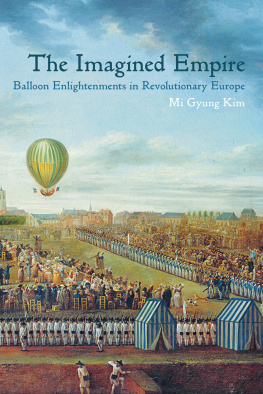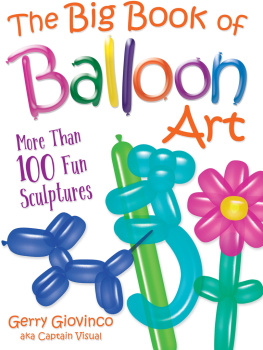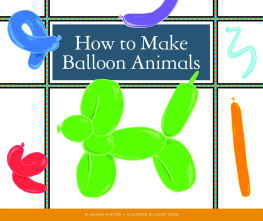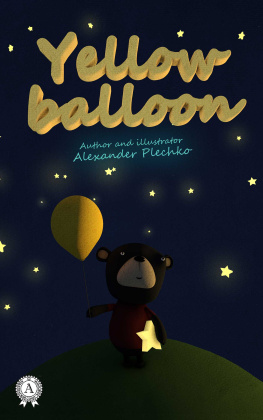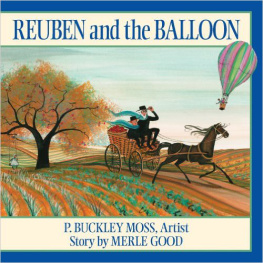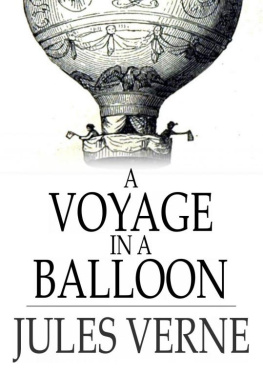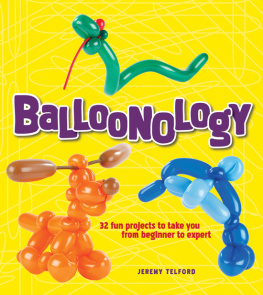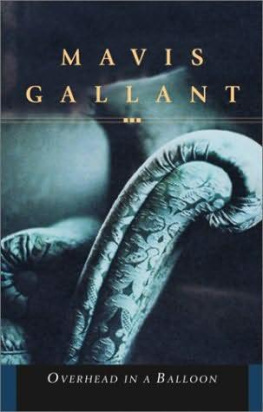This book is dedicated to the Korean students who sacrificed their lives to fight against military dictatorship.
Bird
If it were possible not to be human,
and to choose my rank in the animal kingdom,
do you know, my friends, what I would like to be?
I would like to be a bird, not a bird of prey,
but a swallow, or a bird of paradise.
I would like to be a bird, I repeat,
for the force and the expanse of its vision.
How I would love to glide over towns and steeples!
To see the forests like carpets of greenery!
To catch the vast roundness of the firmament!
Not to lose the image of brilliant golden clouds!
To be able to lift my body with astonishing speed,
To sustain and balance it in the air for a flexible and complex flight!
To emit in all directions gentle and sonorous vibrations from my throat!
Ah! What pleasure it would be to leap toward the pompous day-star,
to plunge myself in it, to play in its rays!
My eye, because of its structure, would not be tired but rejoice in it:
I would contemplate all the radiant colors
that make an enchanting picture on the earths surface.
I would make long voyages in free space,
around all republics and kingdoms,
traversing the seas and visiting the islands.
For the evening, I would choose a refuge high up, sheltered;
In the morning, I would leave at dawn,
always in the ecstasy of the delightful view.
I would have before me only the rich perspectives
of a nature vividly colored.
Louis-Sbastien Mercier
Mon Bonnet de Nuit (1784)
ACKNOWLEDGMENTS
This project had a distinct beginning and a few unexpected turns, which involved many people. I owe special thanks to Thomas Broman who invited me to a panel on news in the spring of 2003. Unable to find suitable material from my research in the history of chemistry, my attention turned to ballooning. I had noticed the enthusiasm jumping off the pages while sifting through the fifteen-volume Registre of the Dijon Academysomething I had not seen in the procs-verbaux of the Paris Academy of Sciences. Preliminary research turned up Charles C. Gillispies exquisite book, Montgolfier Brothers and a short bibliography by Gaston Tissandier. In the summer I took a copy to the Bibliothque nationale de France and ordered a microfilm of all available pamphlets. The enthusiastic response from a large audience at the History of Science Society meeting in the fall, which included an editor of Endeavour who published the presentation, lured me into a full-scale research.
Even more surprising was a series of funding that came to support this project. A fellowship from the National Humanities Center for the 20062007 academic year allowed me to survey a broad range of secondary literature fetched by unfailing librarians Eliza Robertson and Jean Houston. The entire staff and director Geoffrey Harpham provided an unusually supportive environment, while fellow historians read a couple of early chapters in our weekly discussion group and offered valuable comments. A Mellon sabbatical fellowship from the American Philosophical Society and a residential fellowship at the (Columbia Universitys) Institute for Scholars, which were granted for a separate project on Dijon Academy, allowed me to spend a semester in Parisand to explore the archives more systematically for both projects than I could manage during the annual summer trips. The Institutes director Dr. Danielle Haase-Dubosc wrote elegant letters of introduction and Dr. Mihaela Bacou made everything else easier. Madame Pouret at the Archive of the Academy of Sciences introduced me to Mr. Dgardin at the Muse de lAir et de lEspace. Their superb image collection, in addition to the Fonds Montgolfier, made me appreciate the projects potential. The staff also alerted me to their balloon lady, Dr. Marie Thbaud-Sorger, who had recently finished an excellent dissertation on French ballooning. She graciously sent me a copy and pointed out an earlier dissertation by Dr. James Martin Hunn, which proved quite valuable in understanding the Bordeaux case. Maries exhaustive research on French ballooning allowed me to conceive a more comparative project with the help of a faculty fellowship at the Humanities Research Center of Rice University. A grant from the National Science Foundation (#0924054) made it possible for me to explore various European archives and spend a term at the Department of History and Philosophy of Science at the University of Cambridge. A project of this scale would not have been possible without these fellowships and the teaching release from North Carolina State University. I am deeply grateful to the mentors and colleagues who wrote numerous letters of support, especially Simon Schaffer and my Doktorvater M. Norton Wise, as well as the fellowship institutions and their referees. Their encouragements kept up my spirit wandering through the infinity of fragments that refused to coalesce into a meaningful story.
I have incurred substantial debt to the colleagues who read raw chapters over the past decadeKatherine Hayles, Thomas E. Kaiser, Sarah Maza, Brent Sirota, Philip Stewart, and especially Jeffrey S. Ravel and Simon Schaffer who read the entire manuscript at an early stage and suggested further venues of exploration. Kenneth Loiselle readily shared his expertise on Freemasonry. Presentations at various institutions and conferences helped me to focus and refine this project. Triangle Groups in French History and Culture and Intellectual History Seminar provided a kind of intellectual home for the past two decades. I thank Malachi Hacohen, Lloyd Kramer, Anthony LaVopa, Martin A. Miller, Donald M. Reid, Steven Vincent, and James Winders for sustaining these groups. I also wish to thank Bernadette Bensaude-Vincent, Hasok Chang, Karine Chelma, Bruce Hunt, Jenny Rampling, and especially Mary Terrall for the invitations to their institutional seminars, as well as those who answered my call to the conferences and panels. Three dealt with the publicat 2009 and 2013 meetings of the Society for French Historical Studies and at the History of Science Societys 2008 annual meeting (organized with Michael R. Lynn). Three more dealt with geographyEnlightenment Geographies at Rice University, Material Geographies at North CarolinaState University and Machine Geographies at the History of Science Societys 2012 annual meeting. I wish to thank David Ambaras, Robert Batchelor, Ann Blair, Jill Casid, Joyce E. Chaplin, Alex Csizar, Peter Dear, Lauren Dubois, Sarah Ellenzweig, Marie-Claude Felton, Jan Golinski, Lisa Jane Graham, Florence Hsia, Matthew L. Jones, Betty Joseph, Thomas E. Kaiser, William Kimler, Keith Luria, Sarah Maza, David Mazella, Catherine Molineux, Dorinda Ourtram, Alexander Regier, Andrea Rusnock, J. B. Shank, Mary Sheriff, Richard Slatta, Philip Stern, Rajani Sudan, Anoush Terjanaian, Mary Terrall, John Tresch, Elvira Vilches, Steven Vincent, Timothy Walker, Charles Walton, Simon Werrett, and John Zammito for their participation.
My debt to the archivists and librarians is immeasurable. They made me feel welcome and lent their expertise without reserve. I owe more than I can say (or remember) to the staff at the Bibliothque nationale de France, various municipal and departmental archives in France, Huntington Library, Muse de lAir et dEspace, National Library of Scotland, National Library of Ireland, Princeton University Library, the City Library of Birmingham, the Library of Congress, and the National Air and Space Museum. Mr. Alexander Bakker and Madame Danielle Ducout at the Dijon municipal library offered me indispensable support while I gradually formed a different image of the town and its academy, which fundamentally altered my understanding of sciences role in the Enlightenment and the relationship between Paris and the provinces. Special thanks are due to Mrs. Sjoukje Atema at the Haags Gemeentearchief, Ms. Gilles Bernasconi at the Lyon municipal archive, Dr. Leonard Bruno at the Library of Congress, Mr. Joachim W. Frank at the Staatsarchiv Hamburg, Dr. Martina Makov at the Prague city archives, Dr. Brian Riddle at the National Aerospace Library, Prof. Denis Reynaud at the Lyon Academy, and Dr. Marie-Hlne Reynaud at the Muse des papeteries Canson et Montgolfier in Annonay for their extraordinary effort to secure relevant material. Dr. Mary Ruwell at the Gimbel Collection and Dr. Tom D. Crouch at the National Air and Space Museum supplied many illustrations, which allowed me to construct a visual narrative. My research trips would have been dreary without the kindness and hospitality of Dr. Jean Bart in Dijon who readily shared his local knowledge, Dr. Michel Drr who opened the Lyon Academy archive whenever I needed it, and Dr. Antoine Villesuzanne who helped me navigate through Bordeaux.

